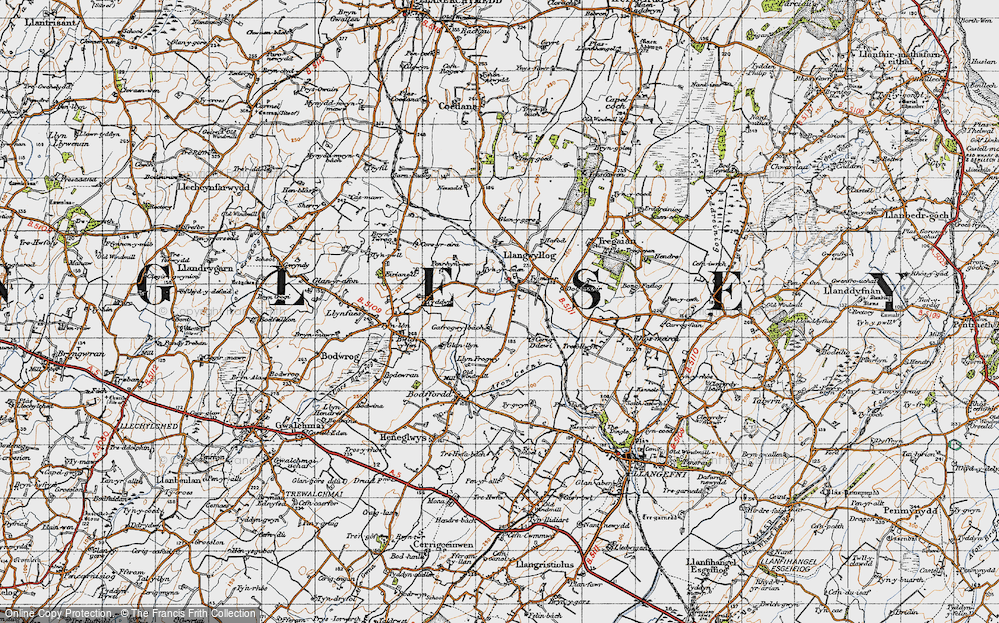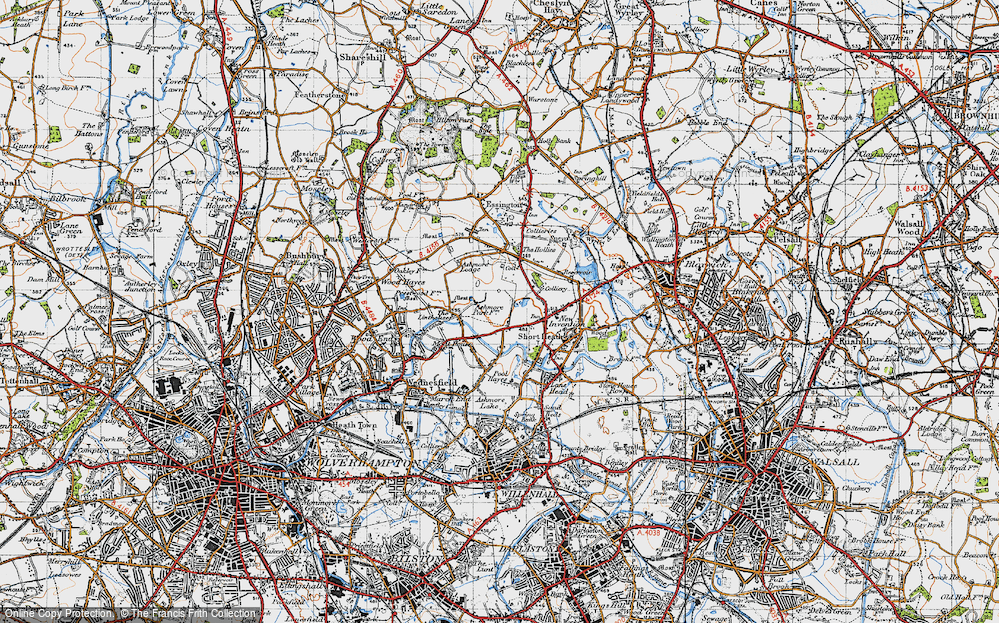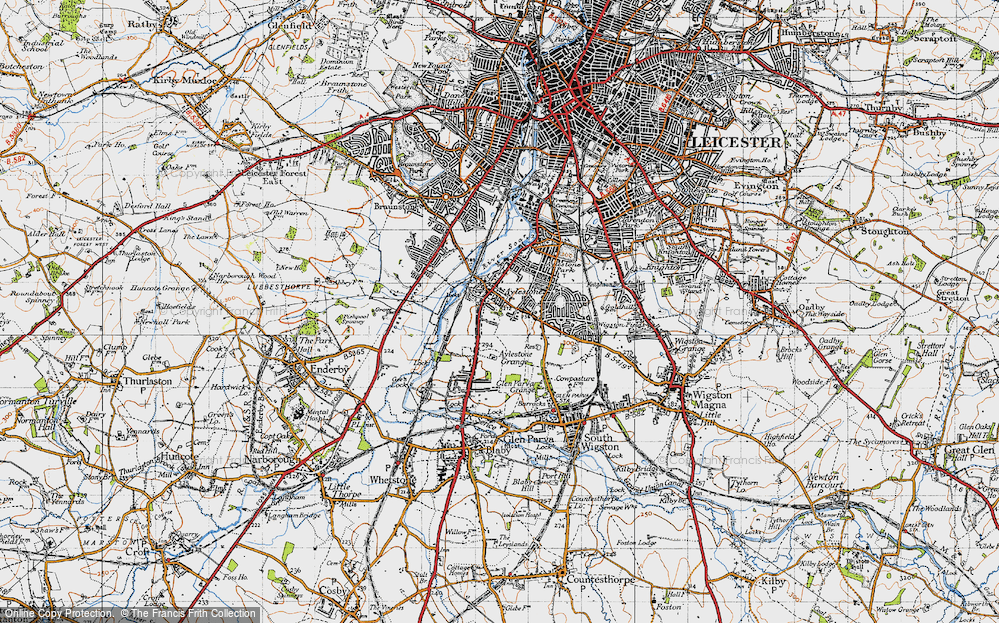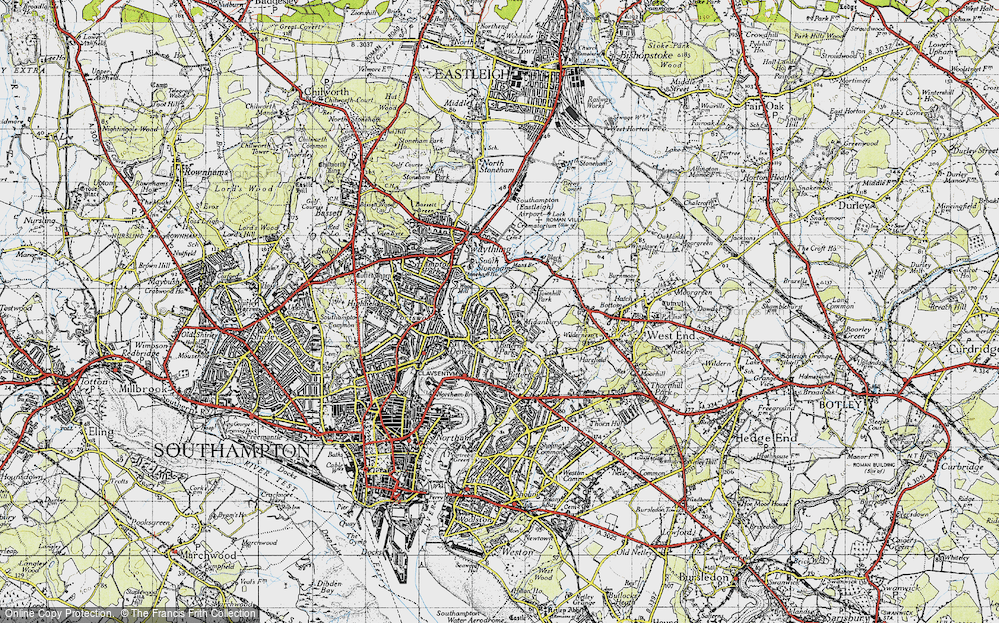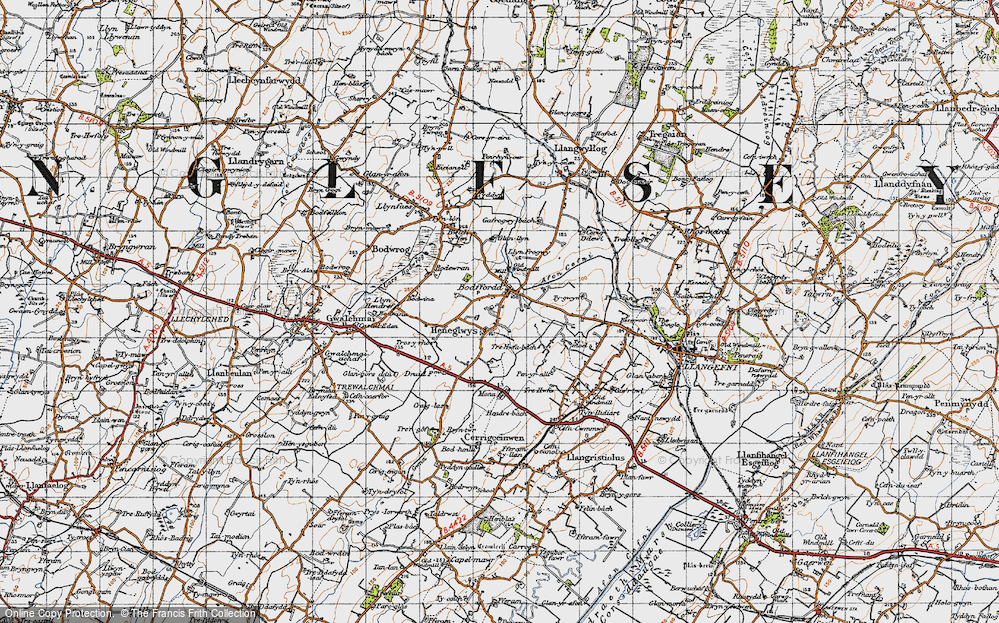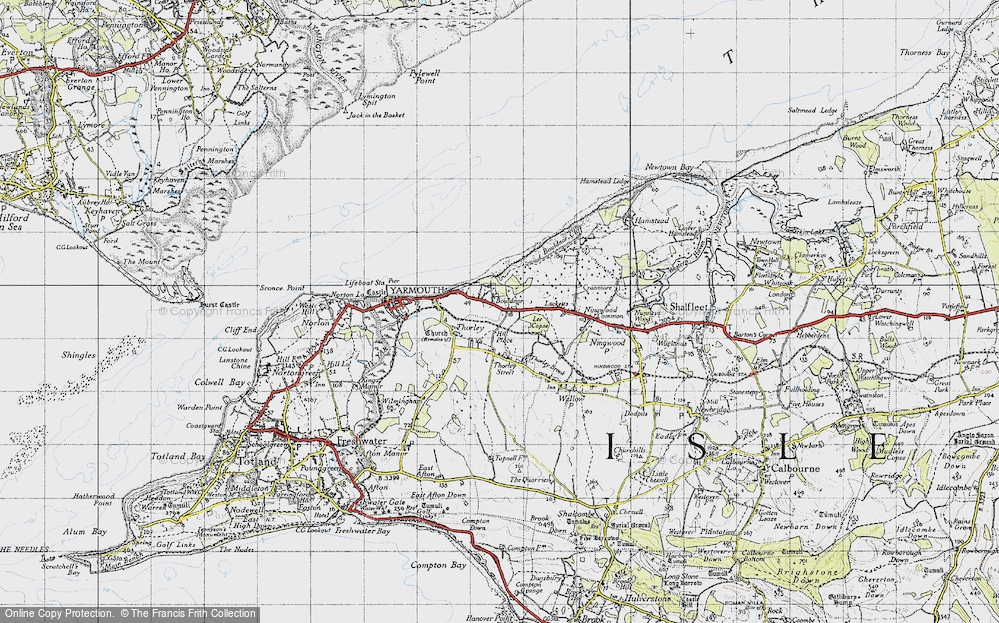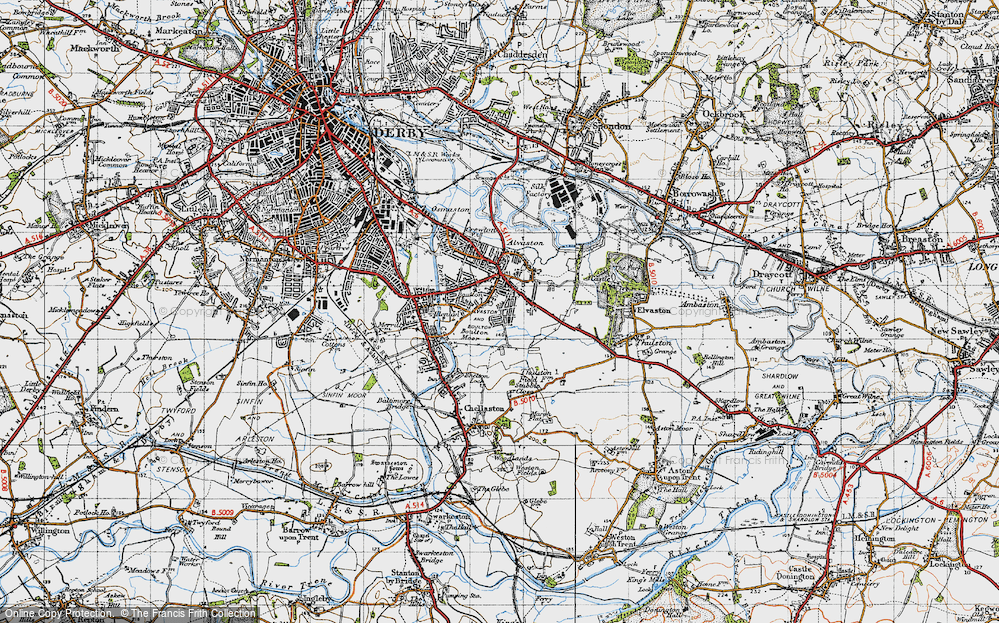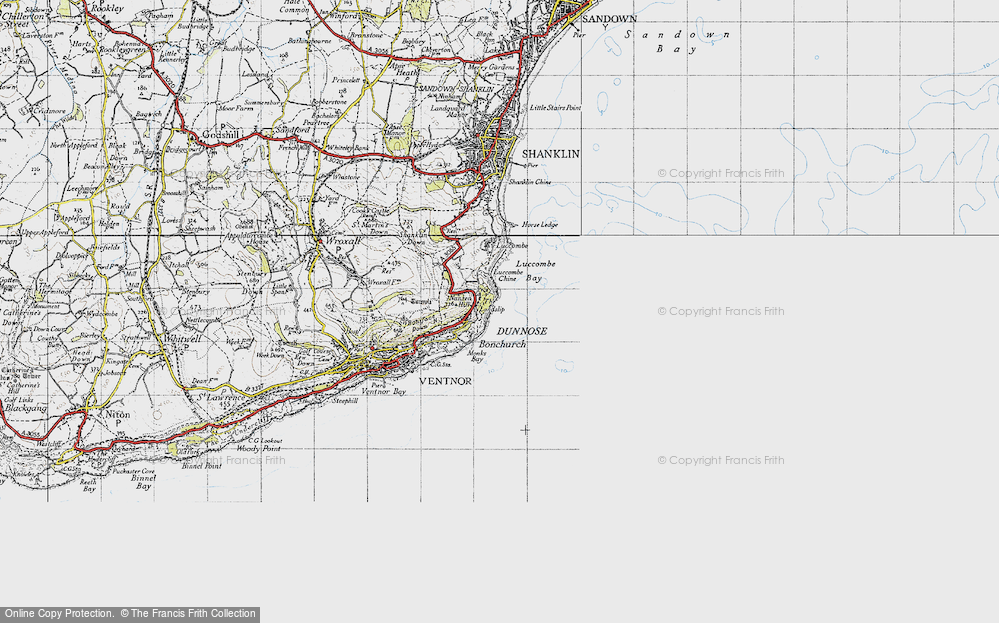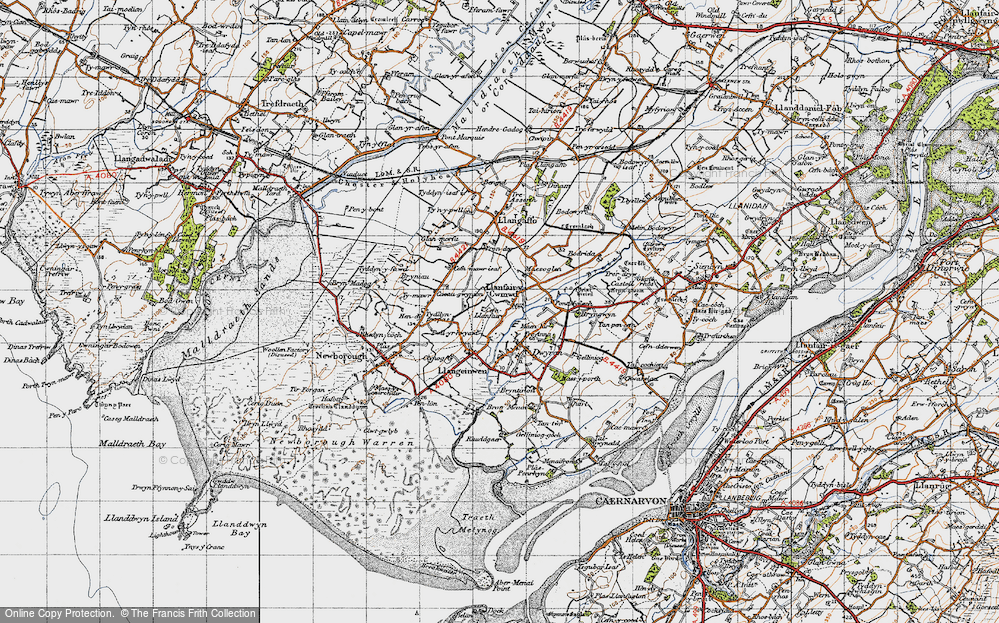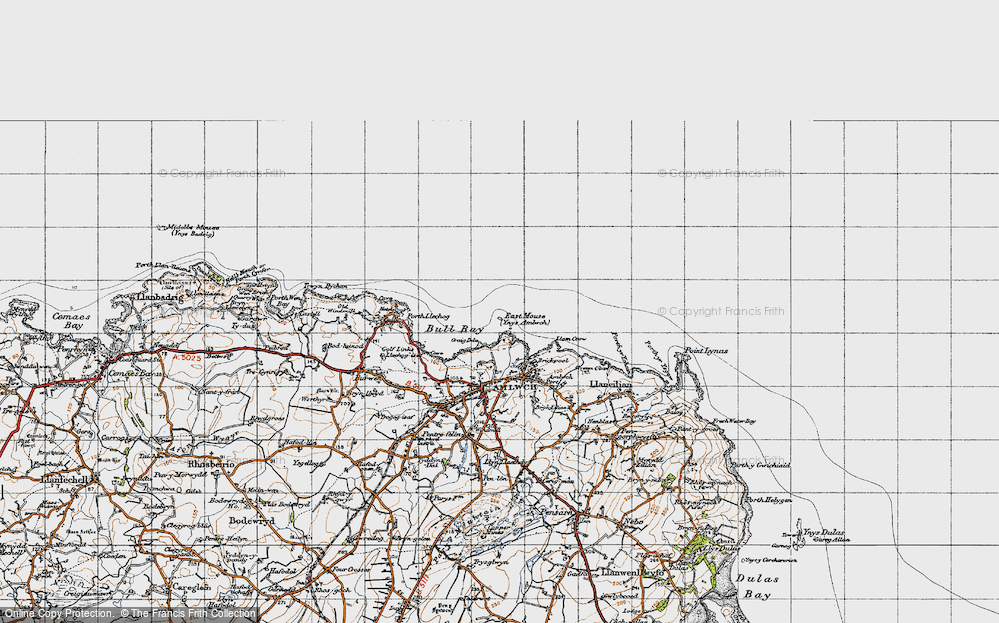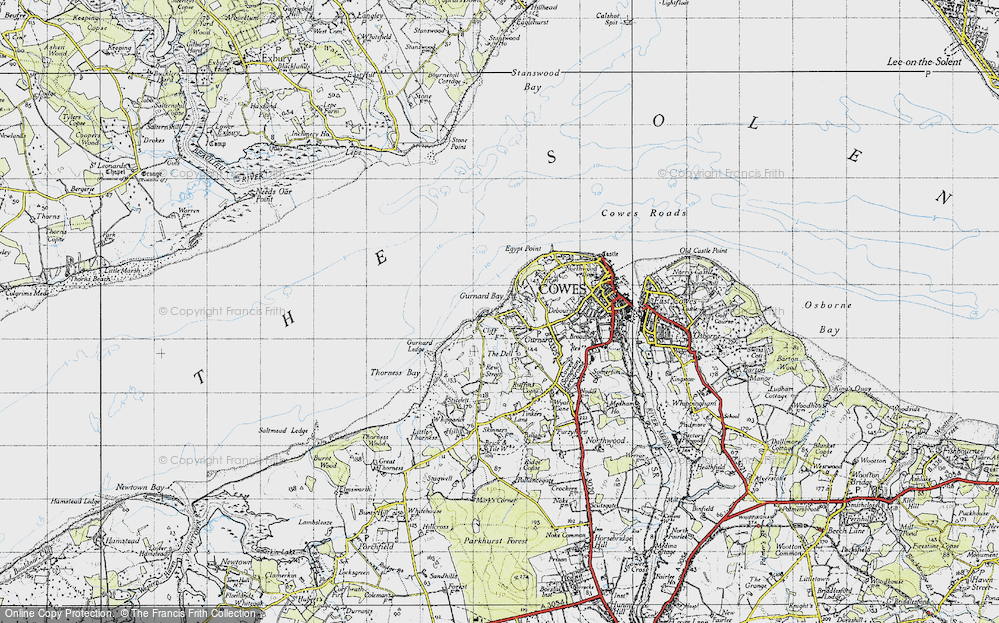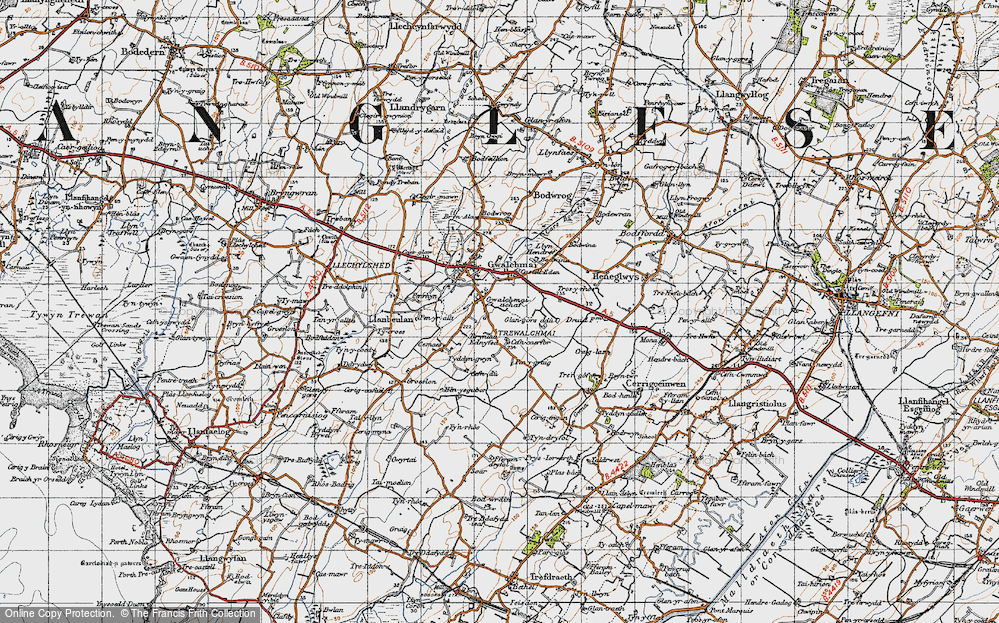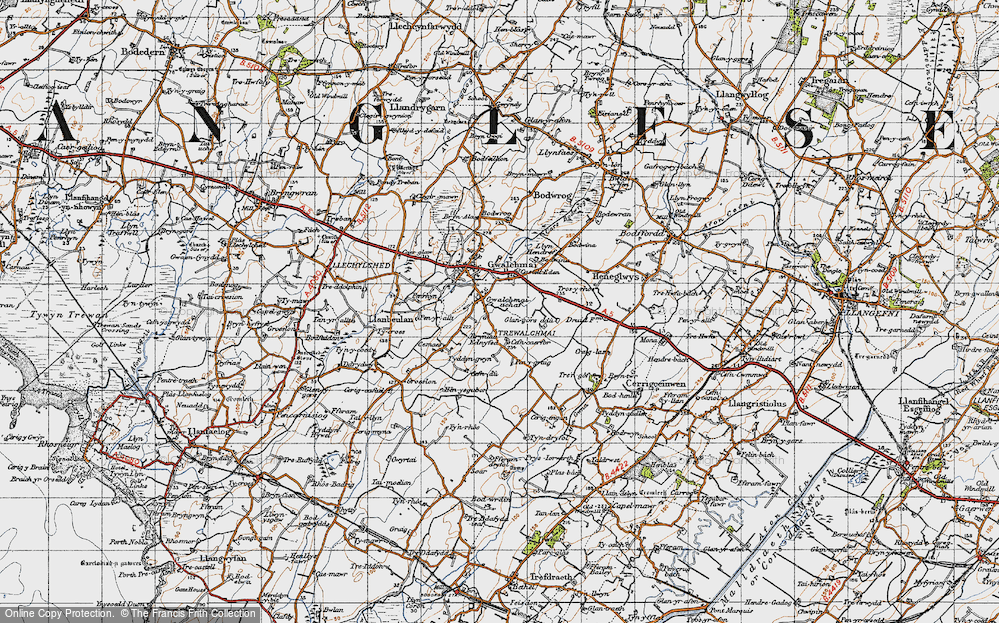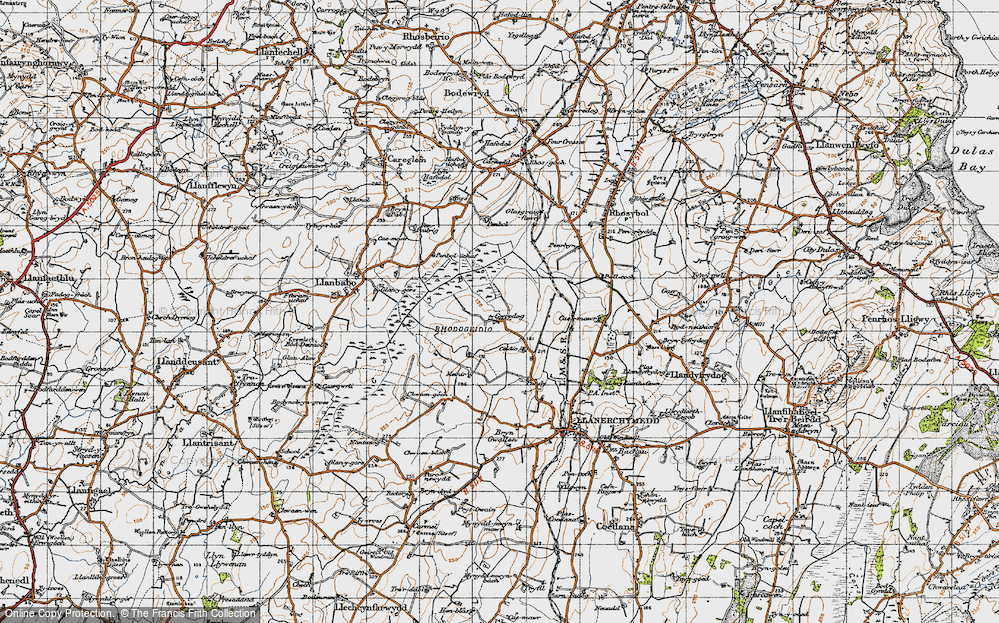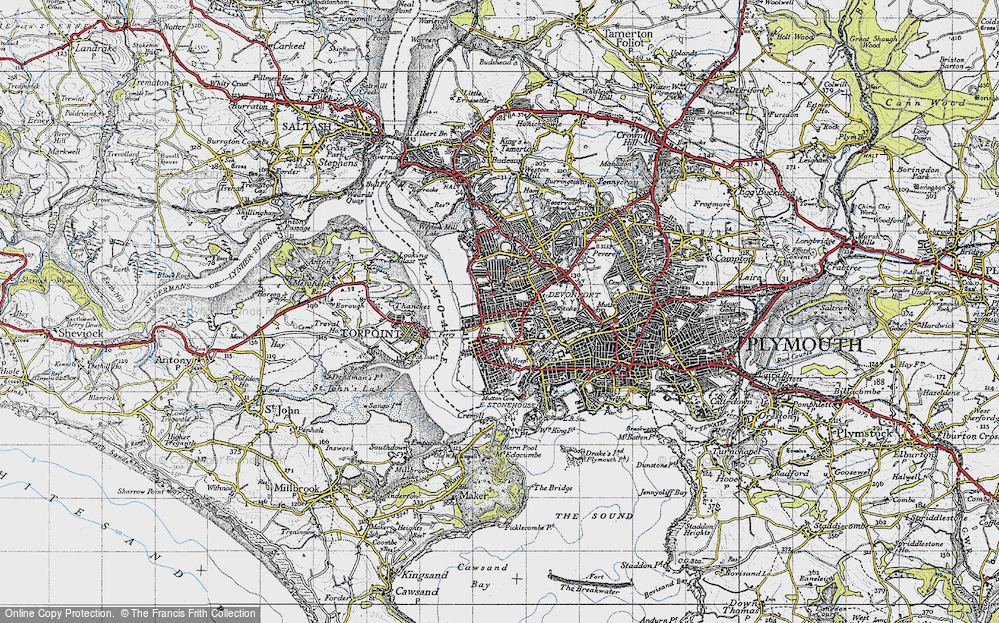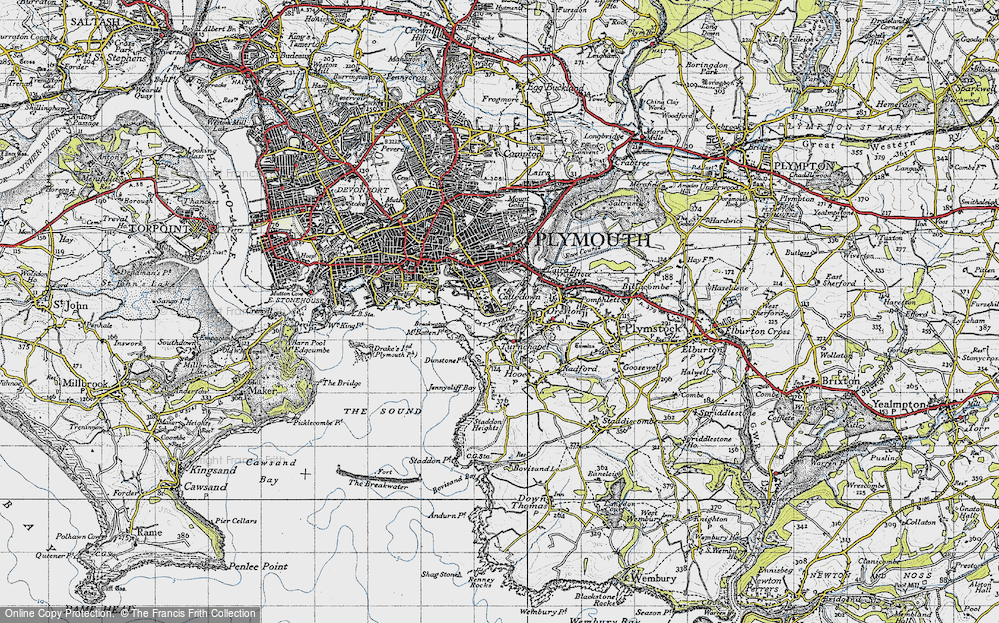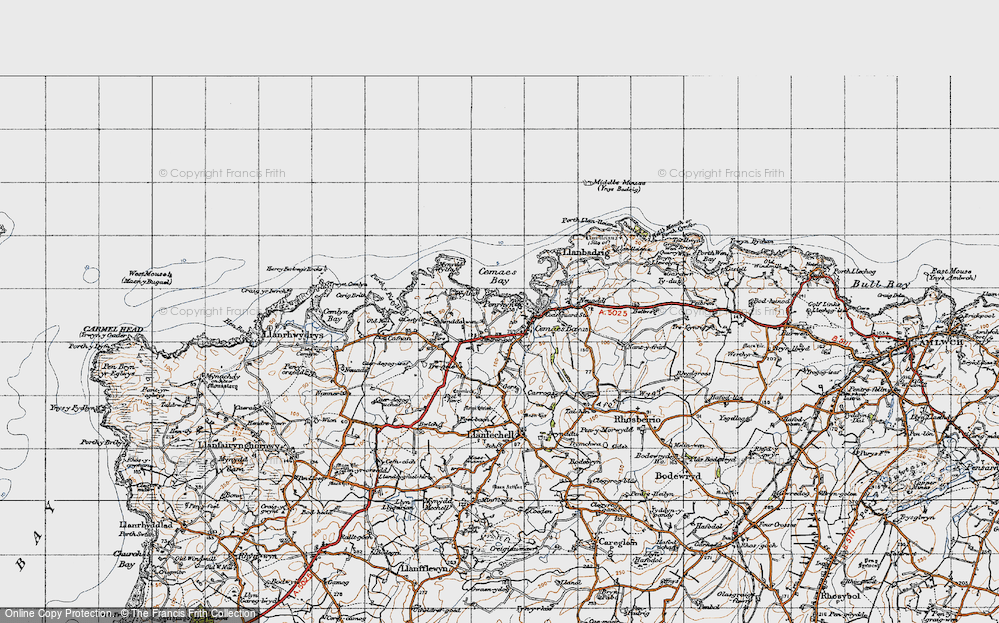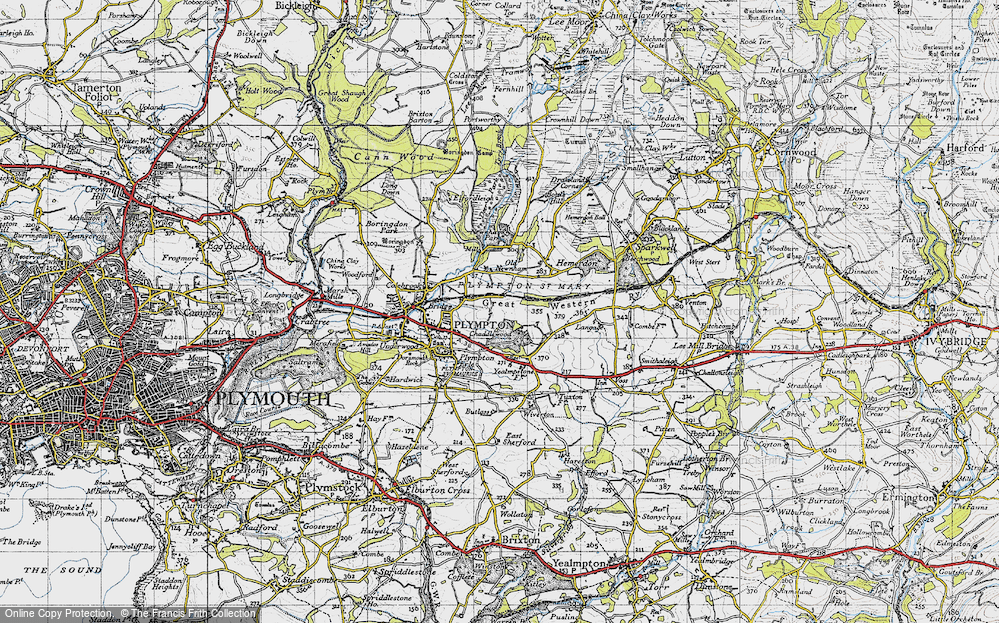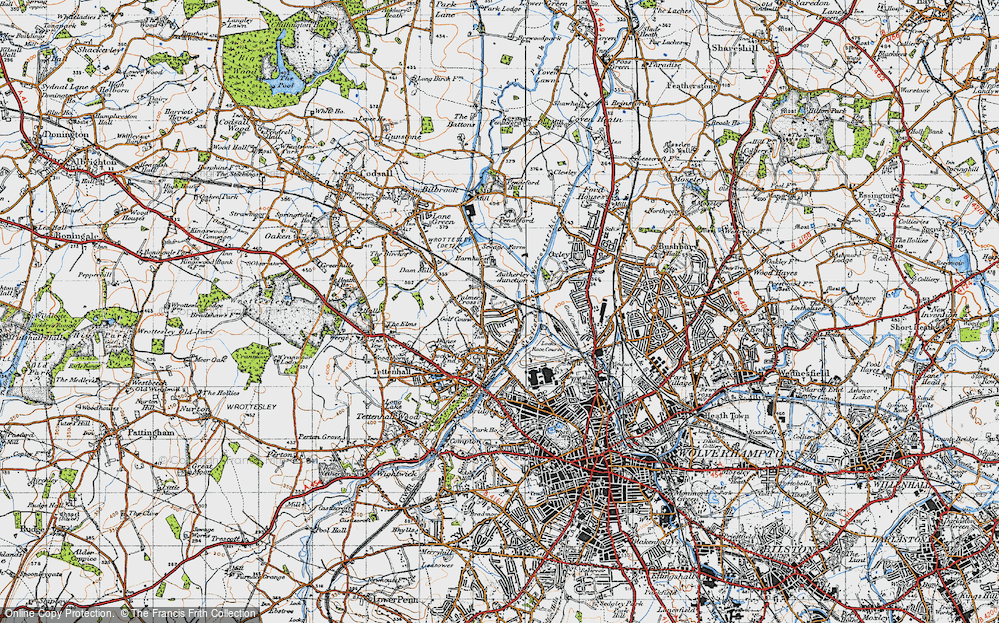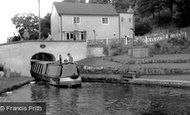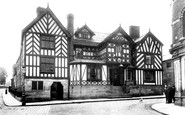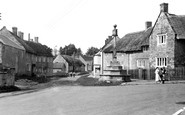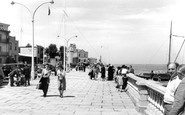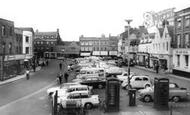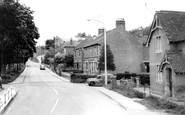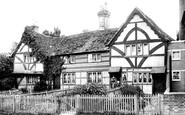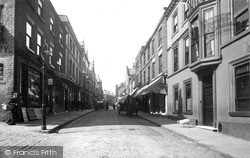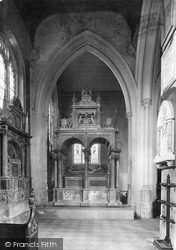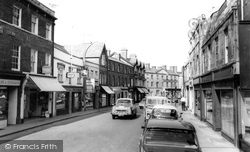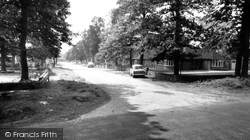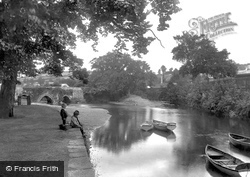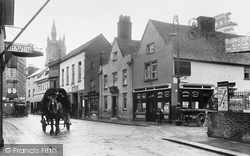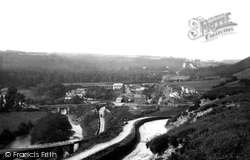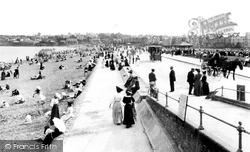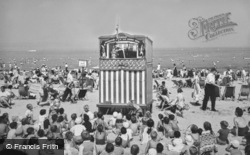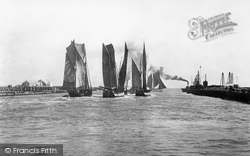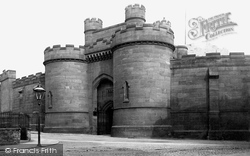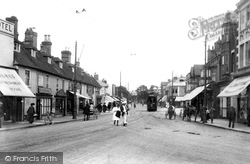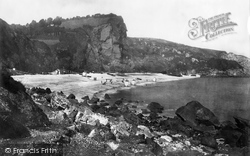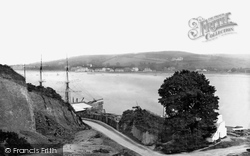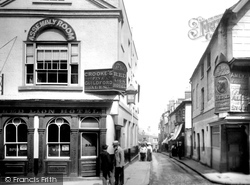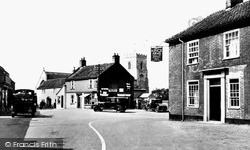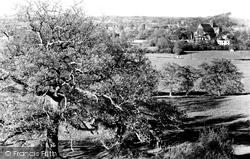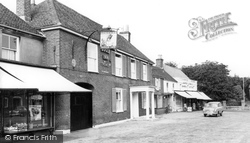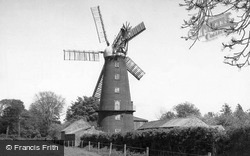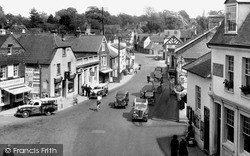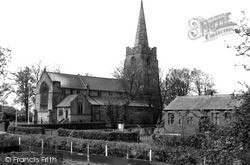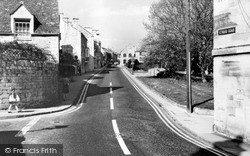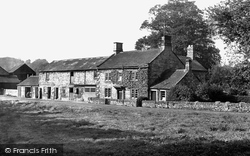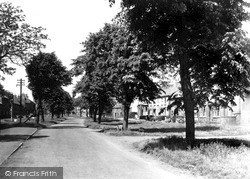Merry Christmas & Happy New Year!
Christmas Deliveries: If you placed an order on or before midday on Friday 19th December for Christmas delivery it was despatched before the Royal Mail or Parcel Force deadline and therefore should be received in time for Christmas. Orders placed after midday on Friday 19th December will be delivered in the New Year.
Please Note: Our offices and factory are now closed until Monday 5th January when we will be pleased to deal with any queries that have arisen during the holiday period.
During the holiday our Gift Cards may still be ordered for any last minute orders and will be sent automatically by email direct to your recipient - see here: Gift Cards
Places
Sorry, no places were found that related to your search.
Photos
Sorry, no photos were found that related to your search.
Maps
7,034 maps found.
Books
163 books found. Showing results 4,393 to 4,416.
Memories
22,913 memories found. Showing results 1,831 to 1,840.
The Roxy
Saturday mornings at The Roxy, Barkerend Road, Bradford were a magical event in the lives of 8 year olds plus in the 1950's. The film breaking down which it did every week to the sounds of a hundred kids stamping and yelling and booing. ...Read more
A memory of Bradford in 1953 by
Guernsey Evacuees
My mother and her family, the Petits, were evacuees from Guernsey during World War 2. They were housed in Coates by Stow and then Saxilby. They attended Stow School. There were 8 children, Cyril, Donald,Olive, Mavis, Monica, Audrey, ...Read more
A memory of Saxilby in 1940 by
Narrow Boat 'bellatrix'.
This is a photograph of me as a young man operating my passenger carrying narrow boat 'Bellatrix', trading as Midland Navigation Packet Boat Service. 'Bellatrix' is a traditional narrow boat built in 1935 at Yarwoods of Northwich.
A memory of Kinver by
Massie Harper Licensee.
In my early teens I spent the war years living in this hotel, when my grandfather was the licensee. I believe he held the licence from 1874 to 1943 - a time record I suspect but I cannot confirm this. He was well known in his ...Read more
A memory of Congleton by
Names Of People And Buildings.
Here we are looking down West Street with the village school visible at the end. On the left is Tetts Farm with the milk churns, while next is Manor Farm, farmed by Reg Newick. The thatched building before the ...Read more
A memory of Hinton St George
Family Connections.
My father Mr Jim Rush is at the far right of this photo in a light shirt, looking rather windswept. At this time he was the proprietor of the Pavilion Hotel and also for a short time the owner of the Alexander Hall which he ran as a dance hall.
A memory of Cowes in 1955 by
Wisbech, Market Place C1965
My family and I are convinced I am the man walking next to the man in the jacket and tie who appears to have his arm around a child. The Austin A40 pick up truck in the foreground behind the telephone box could be the one I owned at about that time.
A memory of Wisbech by
My Memories Of Living In Westbury Leigh 1940 1944
The house shown in the foreground of this photograph was the home of my Uncle, Percy Drury. This was sometime around 1940/42, I do not know how long he resided there. I lived at 115 Westbury Leigh ...Read more
A memory of Westbury Leigh in 1940 by
Born In 1941 Redhill A Wonderful Place To Have Grown Up
I was born and raised in Redhill. It was a wonderful childhood and many great memories. I was born in 1941 at Thornton House. We lived on Ladbroke Road, and remember the fish and chip shop, Mrs ...Read more
A memory of Redhill in 1950 by
Building Relocated
Around the 1920s this building was known as Perry's Place and was located diagonally opposite the Black Jug, known then as the Hurst Arms. It was dismantled and moved to nearby Mannings Heath. It now forms the clubhouse and is called ...Read more
A memory of Horsham in 1920 by
Your search returned a large number of results. Please try to refine your search further.
Captions
9,654 captions found. Showing results 4,393 to 4,416.
The Georgian house on the right is interesting. It is probably the last of the dwelling houses here, as most of them are now shops.
This is the monument to William Cecil, Lord Burghley, builder of Burghley House and perhaps the most famous member of the Cecil family.
The premises on the left include a tobacconist, a public house, a grocer, a draper, a TV and radio shop, a ladies' clothes shop and a footwear shop.
Such was the attraction of Hiltingbury Common that a number of roads were cut through the woodlands, and large houses were built here with reasonably large gardens in a pleasant woodland setting.
At one time vessels could thread their way right up to the town quay, and Lostwithiel grew to be second only to Southampton as a port along the southern seabord.
Newport has always been an important trading town, and at the height of its fortunes carried goods such as timber, malt, wheat and flour.
In the bottom left corner is the tramway that brought ball clay from Peters Marland to the station at Torrington (centre).
The ungainly motor vehicle in the centre is still an unusual enough feature for it to be attracting the attention of bystanders.
Some scenes at the seaside never seem to change.
The fishing fleet, having waited patiently for a breeze, can at last set sail in pursuit of the herring.
At that time there were no conservation laws, and anything that was in the way of progress was destroyed. The walls once surrounded both the castle and Clifford's Tower.
This is a similar view to No 52811 taken four years earlier. The Holmes Refreshment Rooms was part of the Temperance Hotel, which later became the Dolphin Hotel.
The beach may have been home to bathing machines by day, but at night there were other things going on - in 1853 a raid by customs men revealed 153 casks of smuggled rum and brandy.
Instow grew as a resort town at the mouth of the Torridge in the 1830s, and most of the terraces and villas on the shore in this picture date from then.
Most of Market Street was taken up by the now demolished Red Lion.
This village is popular with visitors to Broadland, with St Catherine's Church and its beautiful hammer-beam roof and painted rood screen dating from 1493.
The town of Romsey is known for its associations with two distinguished Englishmen.
The bugler depicted in the pub sign has been replaced, and the old familiar shutters at the windows have gone. When this photograph was taken, this was a Strong's pub.
At the east end of the town is Alford Mill, a six-storey, five-sail mill built in 1813 by Sam Oxley, an Alford millwright.
Situated at the foot of the South Downs, where the River Stor flows north-west to its confluence with the Arun, Storrington is the only downland settlement that became a small market town.
This is still referred to as the 'new church'—religion in this area goes back 4000 years. The first Christian church at Newers Wood had a moat.
In September the annual Clipping ceremony takes place in Painswick, as it has done for centuries.
Although described in this 1950s photograph as 'The Mill', this sturdy 18th-century cottage at picturesque Ashford in the Water, near Bakewell, looks more like a farmhouse, with its barn and stables on
Virtually joined to Thirsk even fifty years ago, Sowerby was the home of the wealthy, with Sowerby House off to the left, and de Mowbray House at the far end of The Avenue.
Places (0)
Photos (0)
Memories (22913)
Books (163)
Maps (7034)


